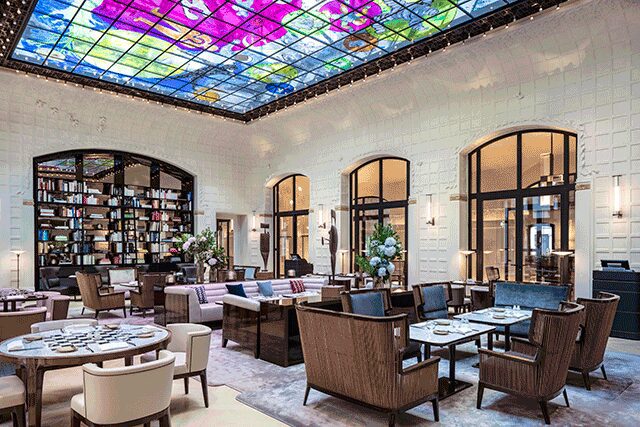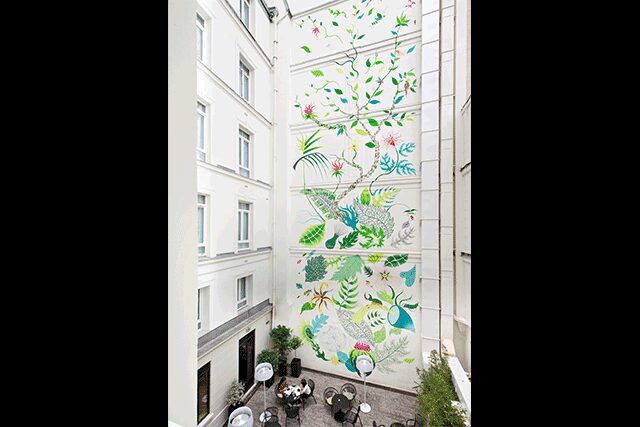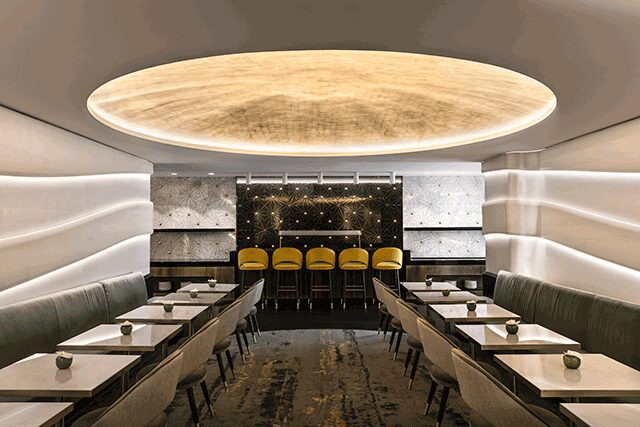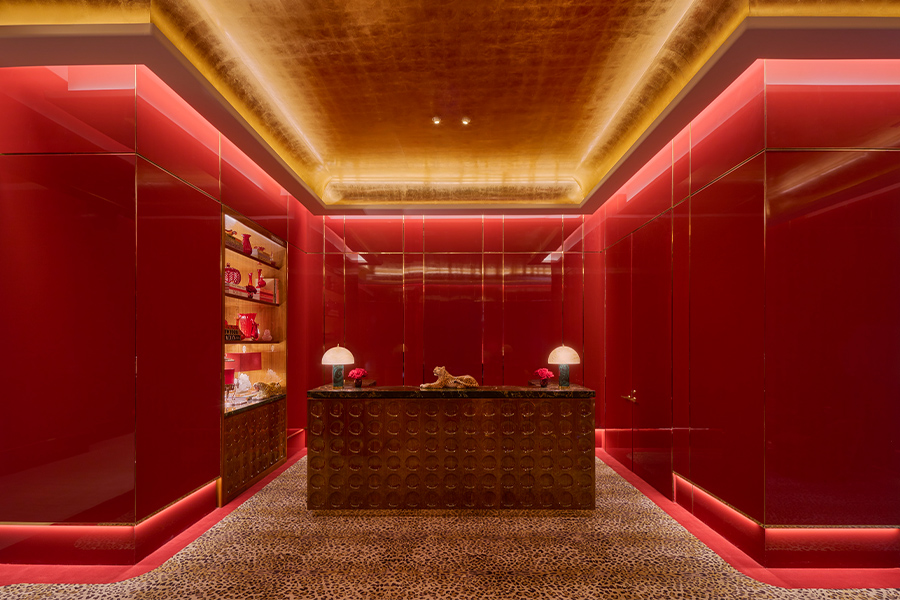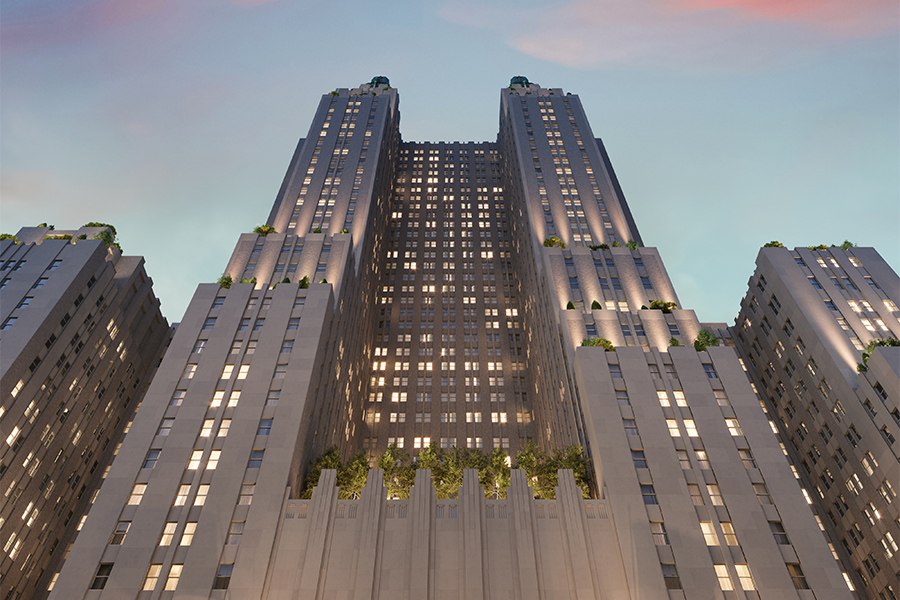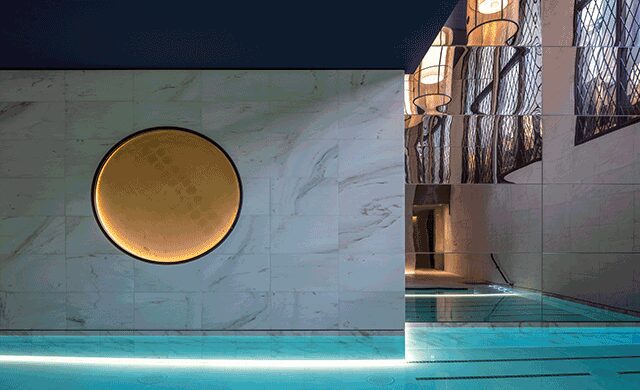
Hotel Lutetia
As the fashion and cultural capital of the world, Paris is a place where romance and history meet. While the city has always been popular with tourists, it has recently proven unstoppable, with hotel arrivals exceeding 23 million in 2017, an 11 percent increase over 2016. Fortuitously, the Louvre credited its 25 percent jump in visitors last year to Beyoncé and Jay-Z, who filmed their “Apeshit” music video in its hallowed halls. As Paris matures, it remains a beacon of the past with an eye toward the future, where opulent properties like the recently renovated historic Hôtel de Crillon thrive alongside affordable yet chic boutique alternatives like the Hoxton, Paris.
The Parister > Hotelier Nicolas Nonon’s ambition for his newest entrepreneurial project in the architecturally rich Faubourg Montmartre neighborhood was “to offer a chic, relaxed, modern, and welcoming Parisian place,” he says. With his associate Maxime Brabant, they tasked architect Studio Beckmann N’Thépé to transform the Haussmann-style office building into the 45-room Parister. To that end, a newly constructed, shotcrete-wrapped second building was added and enhanced by handpainted veins that lend a modern marble effect to the exterior. Skywalks connect the two buildings, which are centered around a lush courtyard. Indeed, plants are an integral part of the hotel, embellishing public spaces and the sleek subterranean spa, with its narrow, 60-foot-long indoor pool under a high, skylit ceiling. Meanwhile, designer Celine Boullenger’s evocative interiors exude modernity with custom walnut headboards, whimsical patterned wallpaper, hanging bookshelves, and floor-length velvet drapes that divide the open space into library lounges and Les Passerelles restaurant.
Hotel Lutetia > After a series of renovations that stripped the iconic, 1910-era hotel of its charming character, French architect Jean-Michel Wilmotte sought to refurbish the grande dame as an ode to “the architectural quality of the building.” During a four-year redo, Wilmotte reconstructed the façade, reduced the room count from 223 to 109, reconstructed the severely damaged Brasserie Lutetia, and added windows to every room to infuse the building with natural light. The renovation also led to the discovery of precious frescoes that were boarded over but have now been fully restored, reviving “traces from the past that had died out,” he says. The nucleus of the property, however, is the open-air courtyard that “brings light into the hotel,” says Wilmotte. Here, guests get an optimal view of the hotel’s exterior, including an Art Deco interlocking circle pattern on the tympanum, which became a design motif, appearing in bathrooms, wall sconces, and the shadows projected by light fixtures.
Le Belleval > Named after the botanist to King Henry IV, Le Belleval pays homage to its namesake with framed botanical images and floral patterns that adorn walls, area rugs, and throw pillows throughout. Sophisticated and rustic textures add to this green theme, also illustrated by the giant blooming fresco by muralist Gola Hundun in the plant-filled inner courtyard. Architect Jean-Philippe Nuel preserved the historical components of the building (the oculus, stone walls, and pilaster) and repurposed the original carriage entrance into a monumental lobby. The high-ceilinged, concrete-floored space includes various public areas that open to the street, including a restaurant and bar decorated with myriad patterns that excite the senses. “The ground floor areas are charged with a real energy,” Nuel says. The floral theme once again pops up in the 52 guestrooms and four suites, where plant-patterned framed images and area rugs give way to tree trunk-inspired side tables.
Le Collectionneur > “From the cutlery to the menu and the architectural design, every detail at Le Collectionneur has been tailored toward offering guests a truly unforgettable and festive dining experience,” says Gate Collection CEO Andréa Cohen, who led the eatery’s design. Housed within the luxury Hotel du Collectionneur, near the Champs-Élysées, the restaurant is dominated by a curvilinear sculptural ceiling done in bleached sycamore, which flows between two window walls, each overlooking terrace greenery. These fluid lines contrast the rectangular panels of alabaster that flank a stunning marble centerpiece studded with gold flowers. Marble tables, a granite bar, and brass lighting contrast aquamarine, mustard yellow, and gray velvet furnishings, which are softened by patterned carpets in muted shades.


